
| us |
| resumes |
| services |
| projects |
| news |
| charities |
| contact |
| home |
New-York Presbyterian Morgan Stanley Children's HospitalPediatric Critical Care Research StudyThe PICU is a central and vital component in all comprehensive acute care children’s hospitals. Changing physical models, specifically private patient/family rooms are being planned for and designed to address issues of family focused care, patient privacy, sound and infection control. These emerging physical models, and the new communication and monitoring technologies which make them possible, are also posing challenges and raising concerns of clinical staff members at children’s hospitals worldwide. For these reasons Poltronieri Tang & Associates has developed and sponsored a multi-year multi-phase research study of the PICU environment. Identifying which design factors aid or hinder patient safety and appropriately balance the needs of families for increased involvement with that of effective clinical care delivery are essential. The health, well-being, and recovery of patients, make an understanding of these new PICU design models essential. |
|
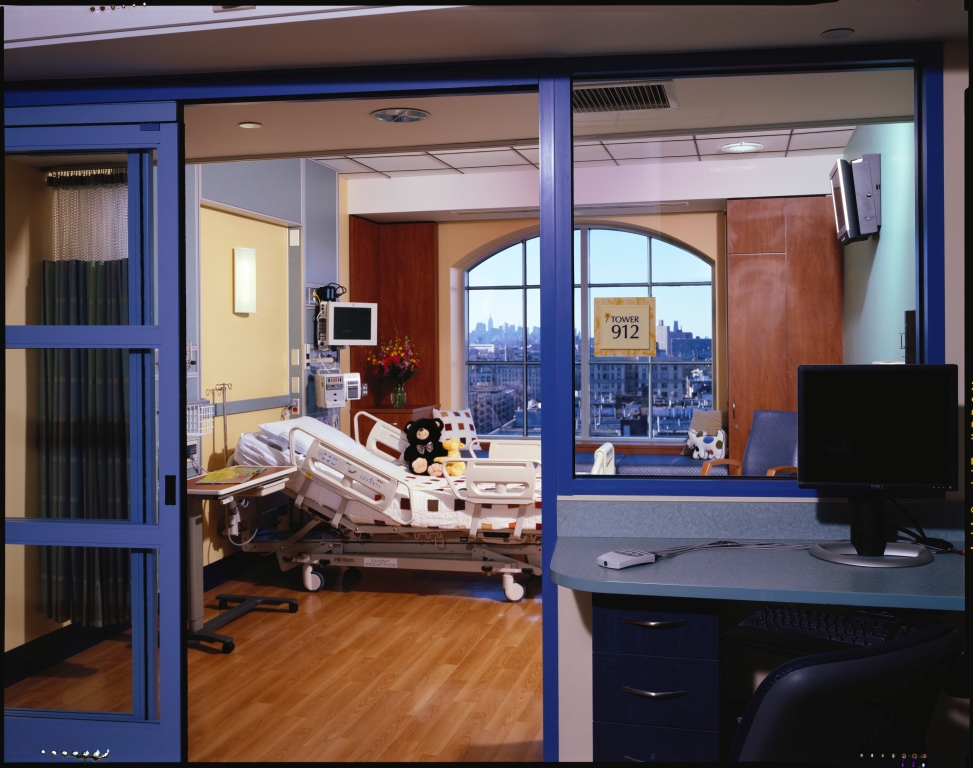
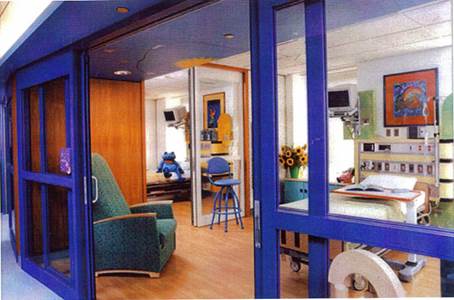 |
|
|
The current evidence based design research study evaluates three separate PICU’s all within the same academic children’s hospital. Each unit has significantly different spatial and environmental characteristics. The compares and contrasts the differing unit configurations, their physical layouts, space allocations, and functional relationships. The data collected quantifies the correlations between these environmental factors and measurements of: family and patient satisfaction; patient safety and outcomes; and staff efficiency and satisfaction. The results of this research are intended to guide and inform the detailed physical planning and design of PICU environments worldwide. It will provide a detailed and quantified understanding of the environmental design factors that have an impact on the pediatric intensive care setting. Unit typologies being studied include:
|
|
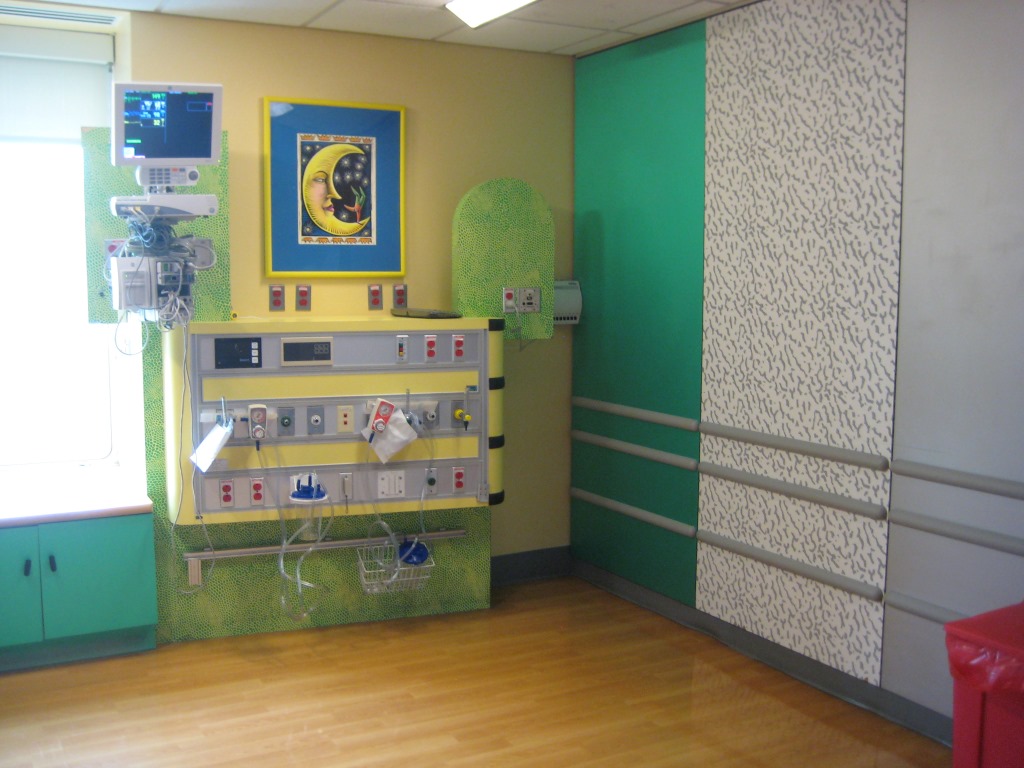
 |
|
|
The differing unit configurations, their physical layout, size, space allocations, and functional relationships have been measured, categorized, and assessed. Additional factors including mechanical systems, acoustics, amount of daylight, etc. have also been noted. Each unit is evaluated against measurements of patient/family satisfaction, staff performance and satisfaction, as well patient safety and outcomes. Some questions central to the study include:
|
|
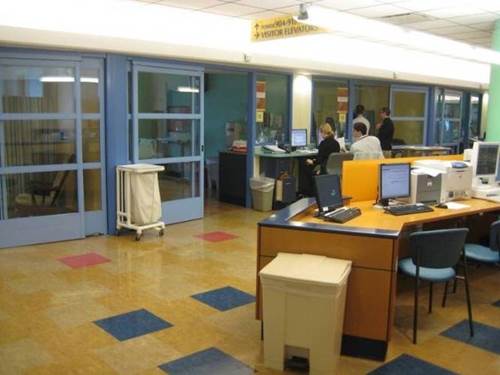
 |
|
|
The three units are being measured and evaluated through numerous research methodologies, including:
The availability of three distinct PICU’s within one children’s hospital affords an incredibly valuable opportunity to evaluate how these distinctly different environments impact quality of care. We are anxious and excited to share our findings with the broader PICU clinical care community in order to further refine our recommendations and conclusions. This research study will determine how specific PICU planning and design details influence patient outcomes, as well as staff and family satisfaction and set new benchmarks for the design of PICU’s. |
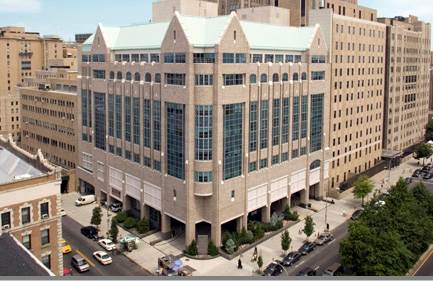 |
|
|
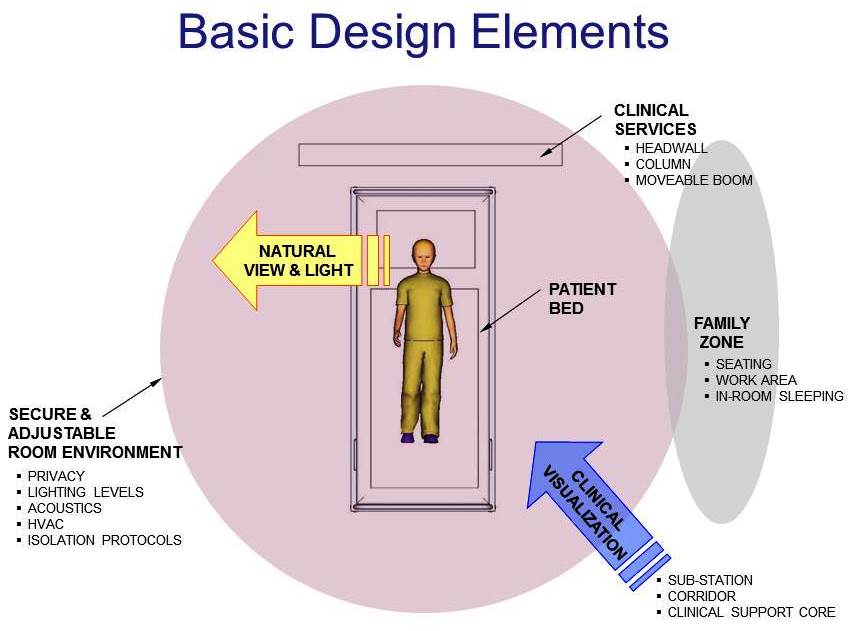 |
|
|
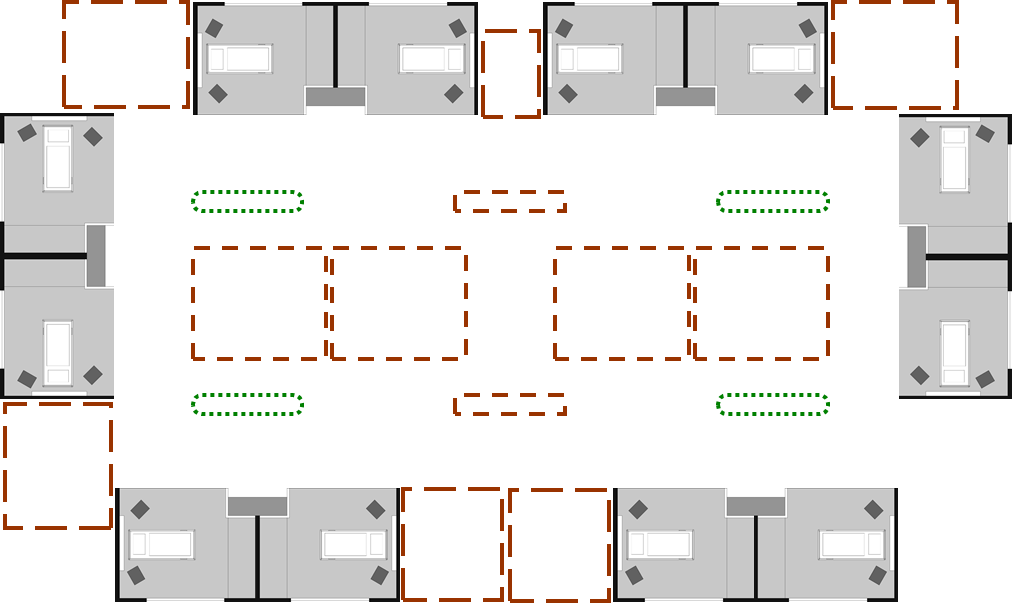 |
|
|
 |
Pediatric Healthcare Planning and Design
206 Park Avenue | Swarthmore, PA 19081 | Tel 215.300.3618